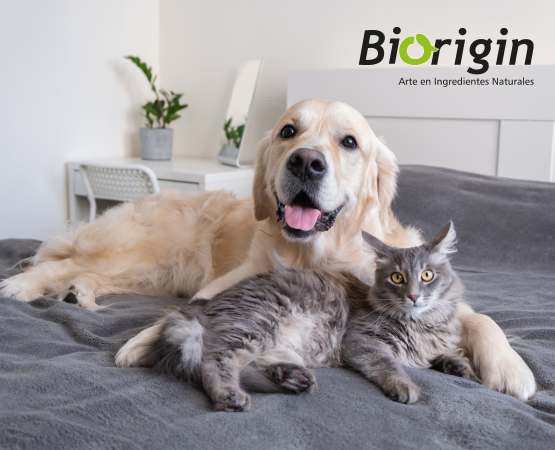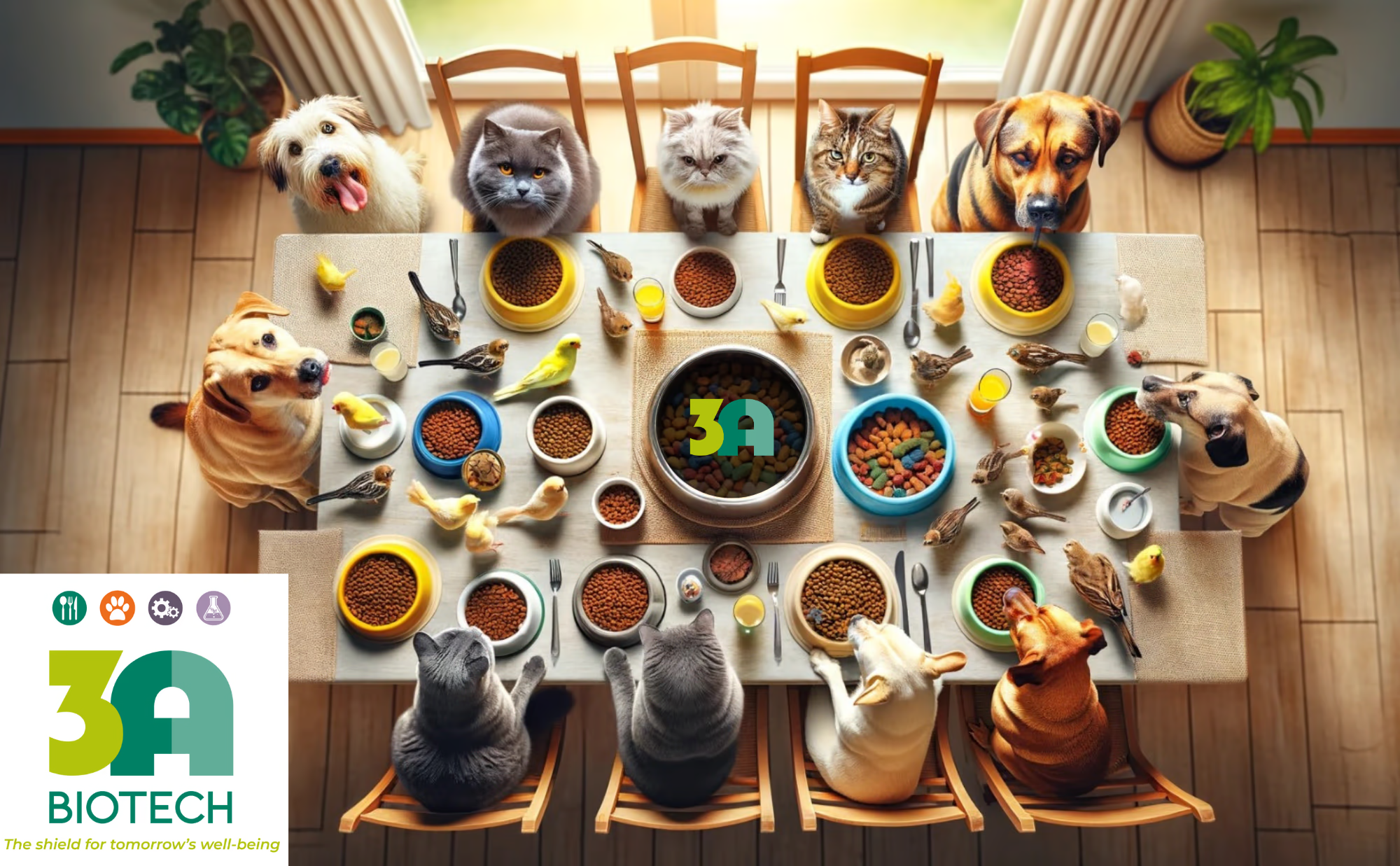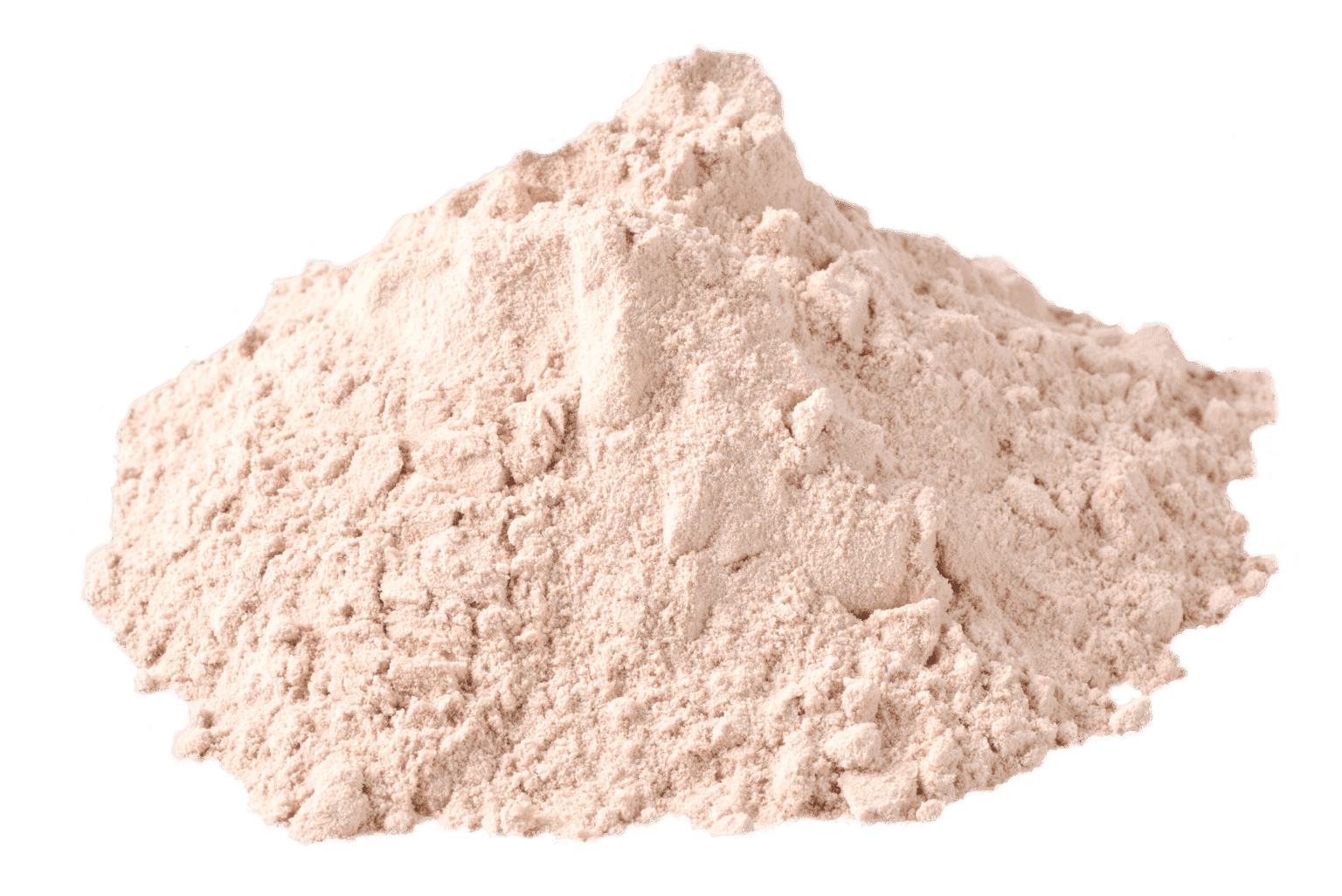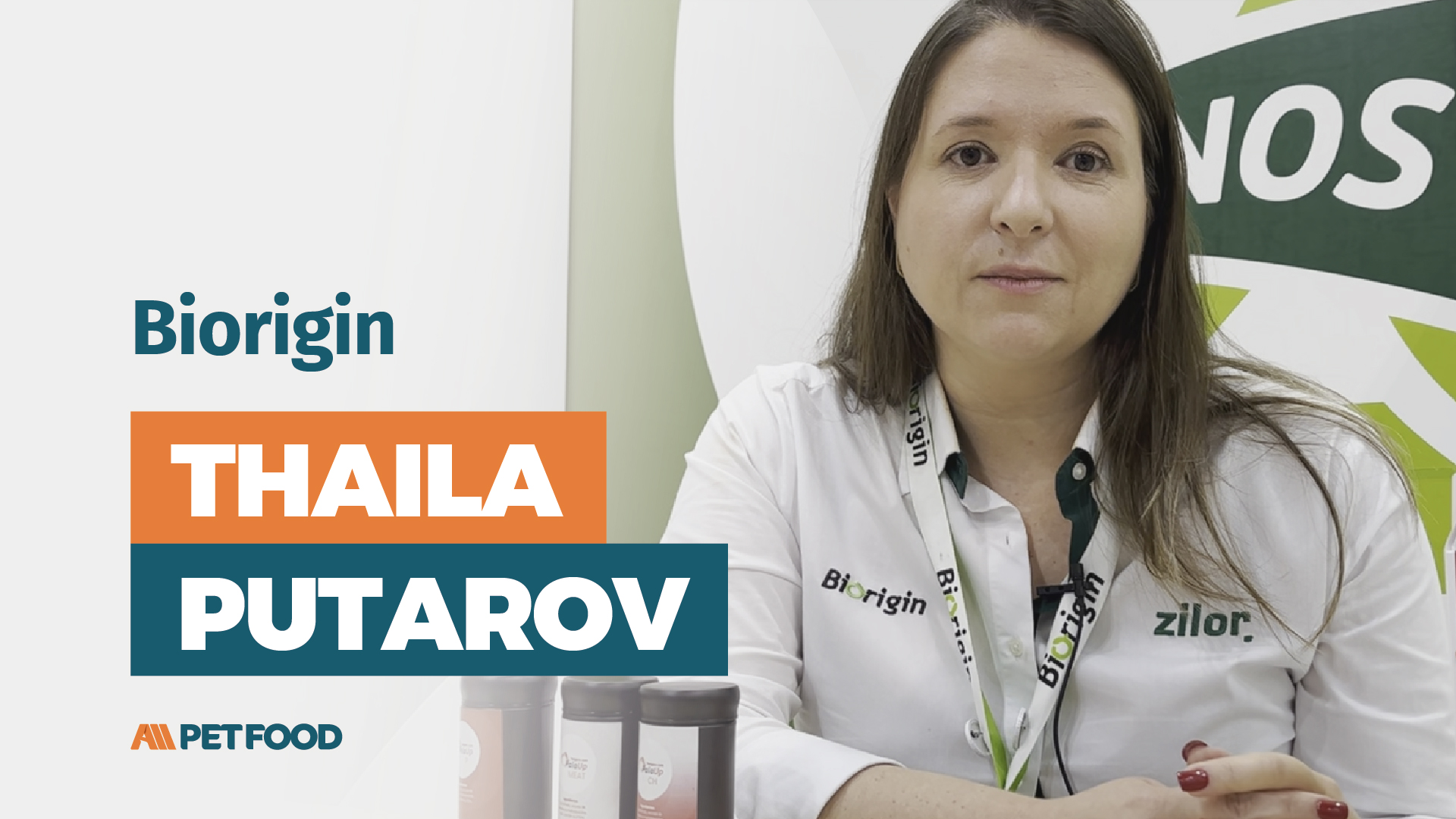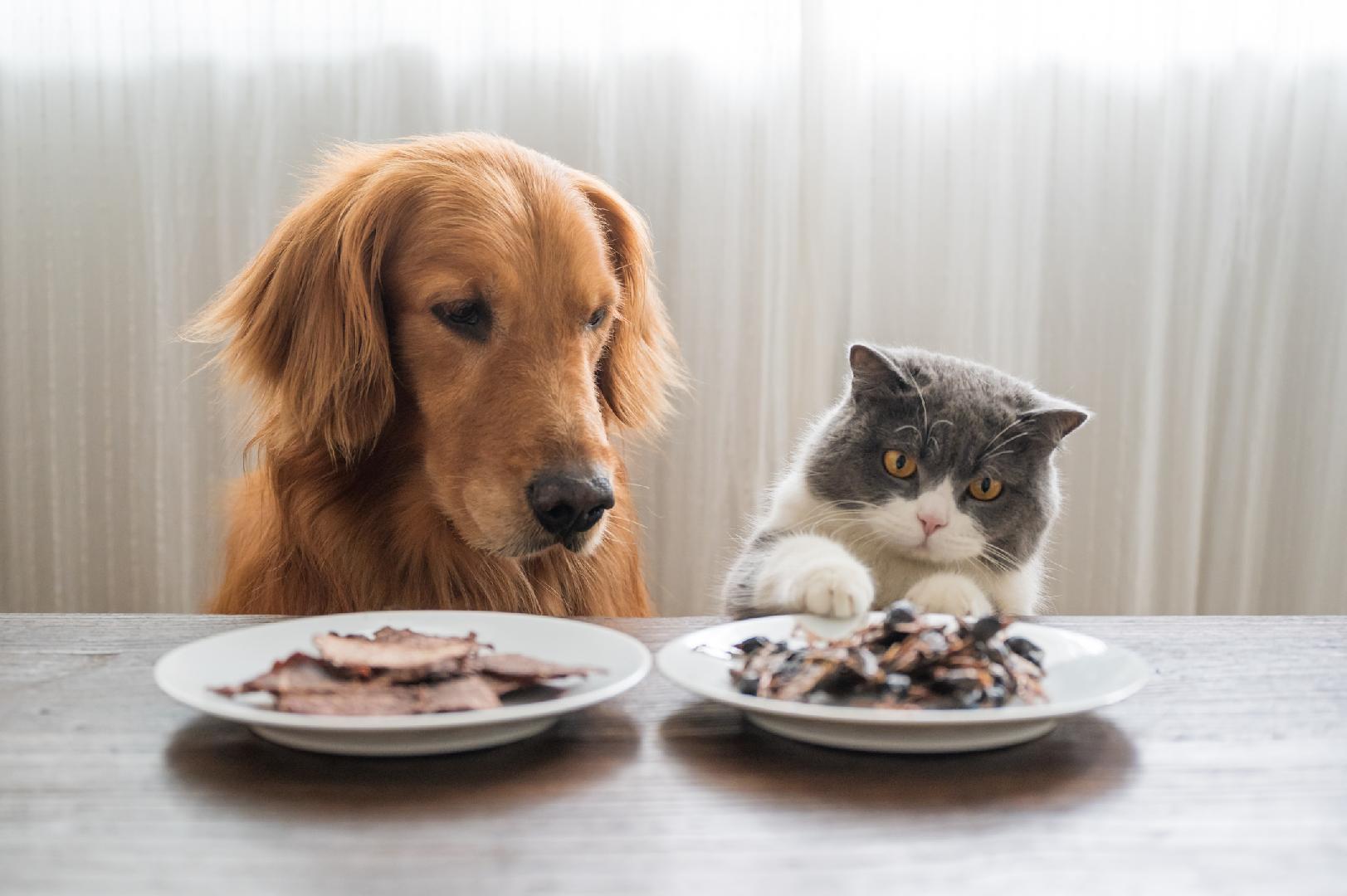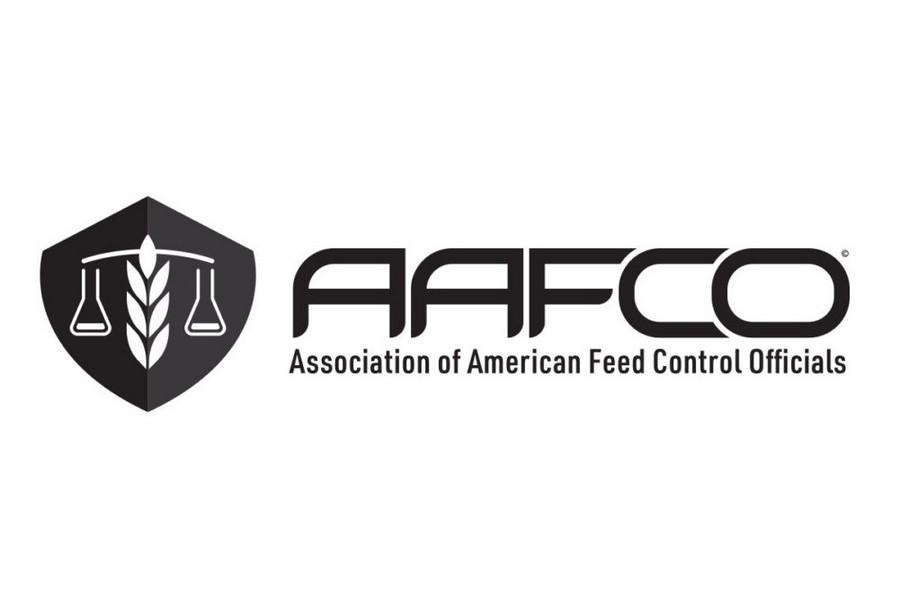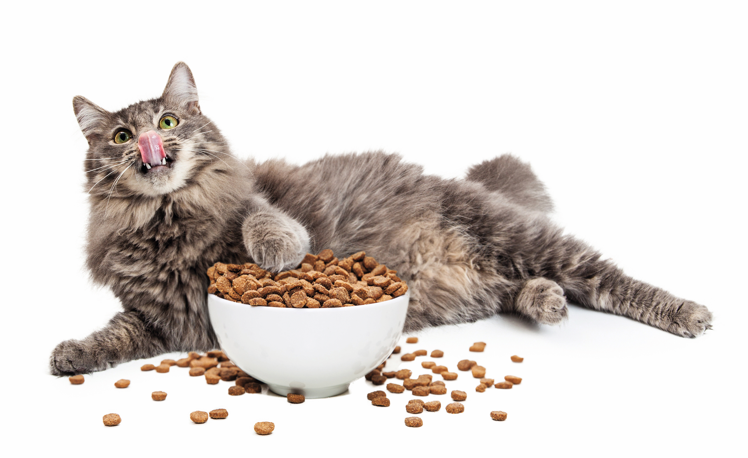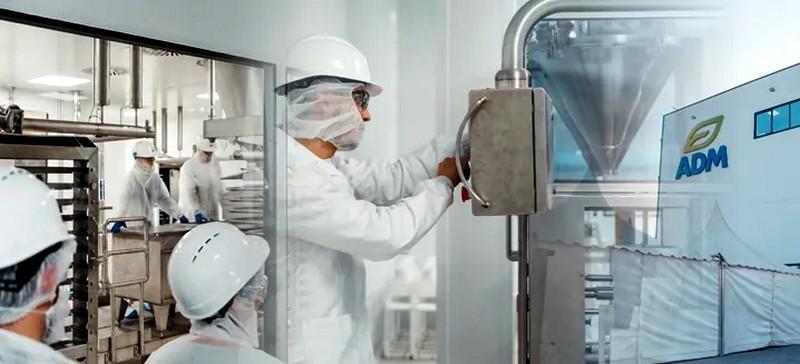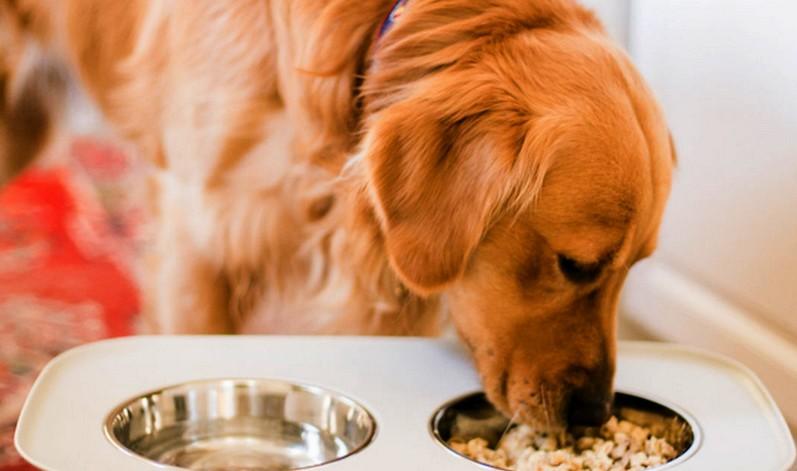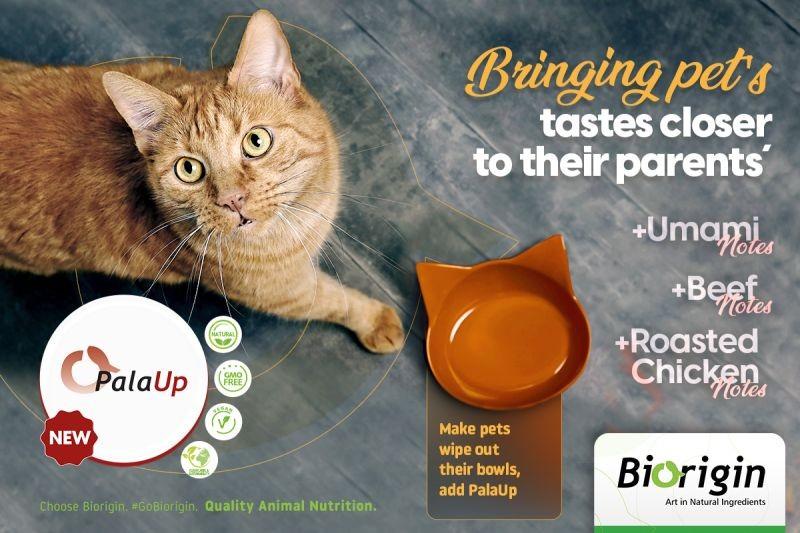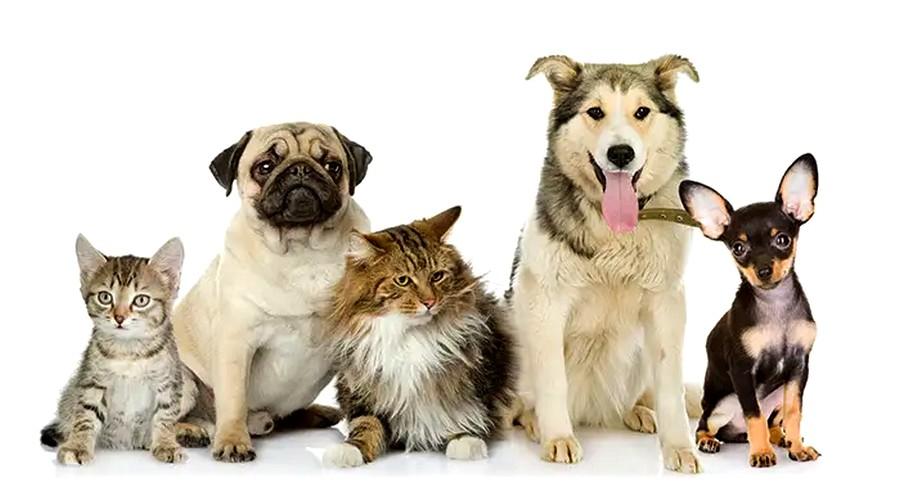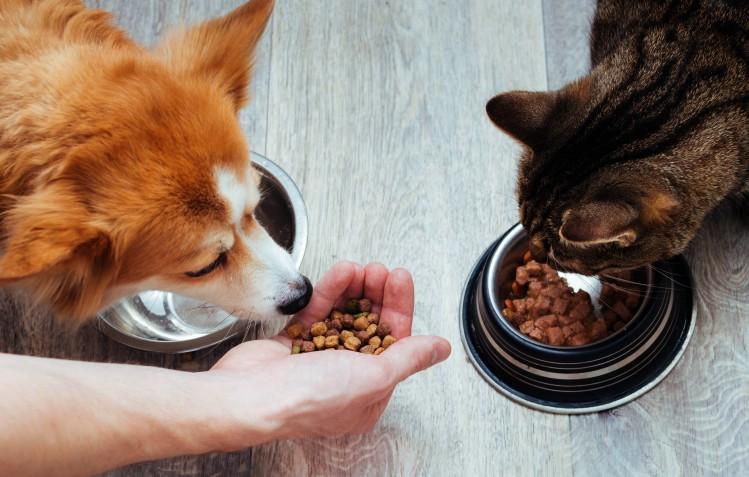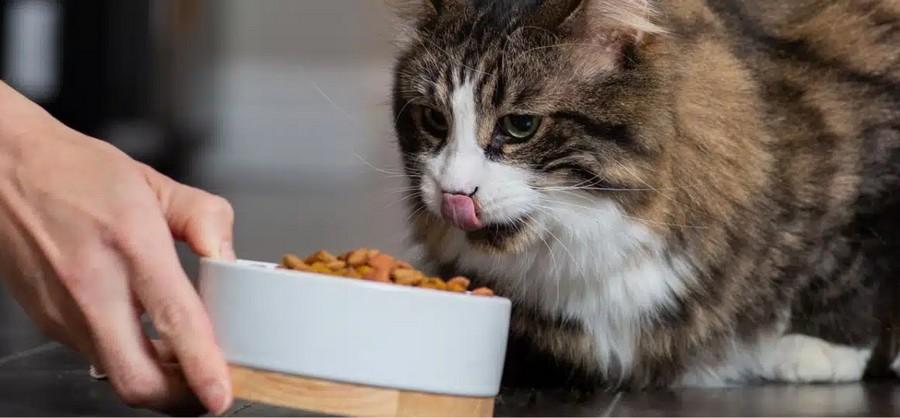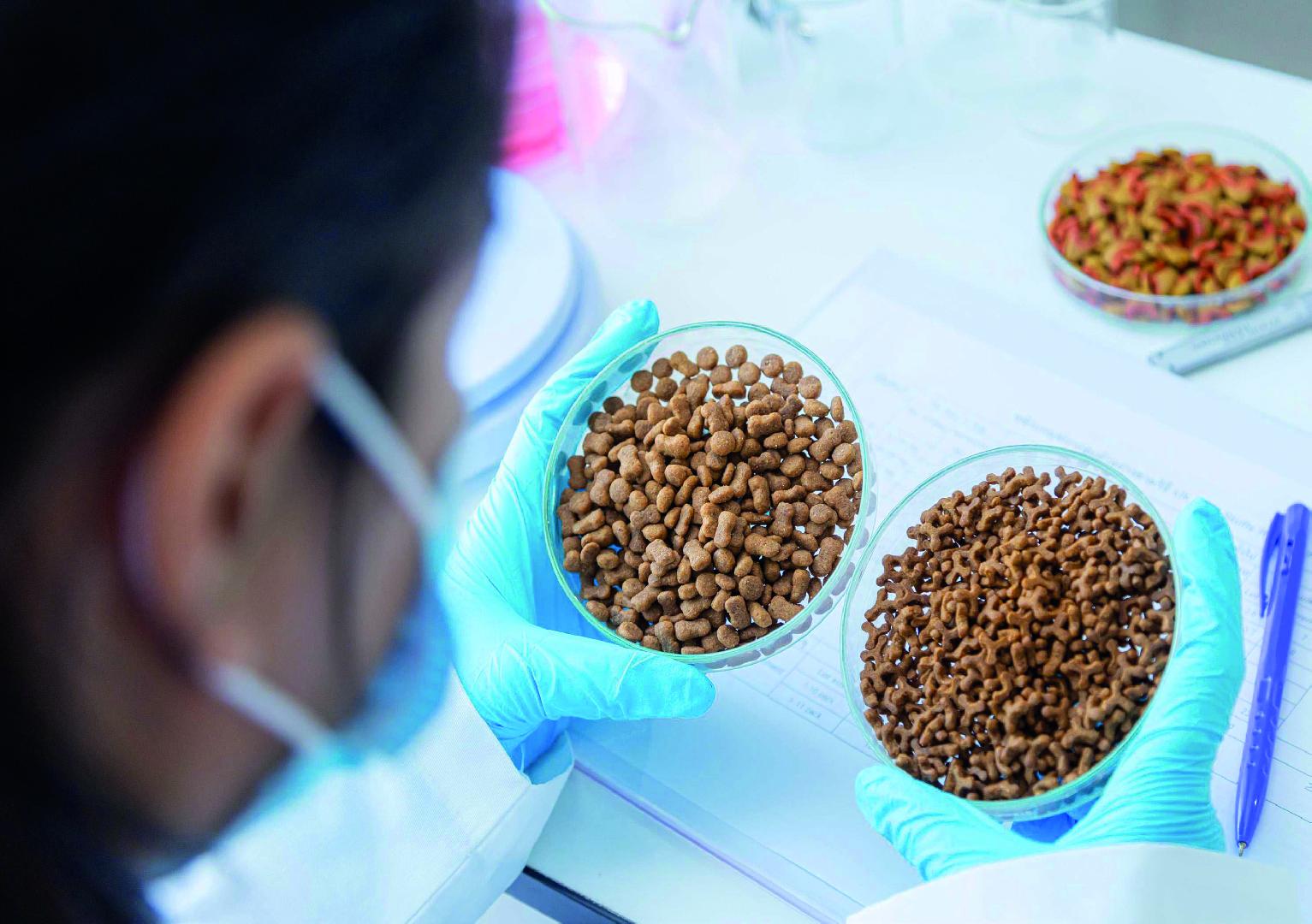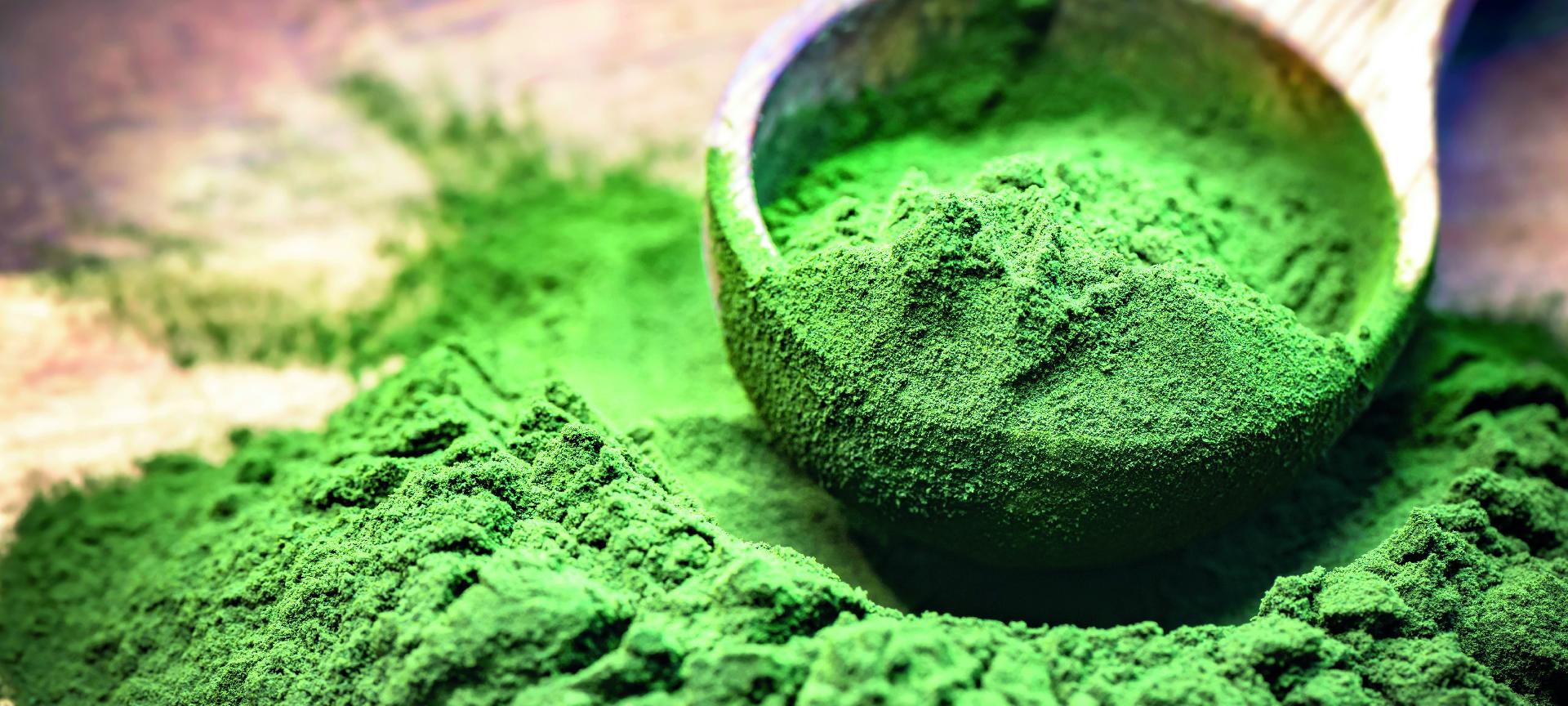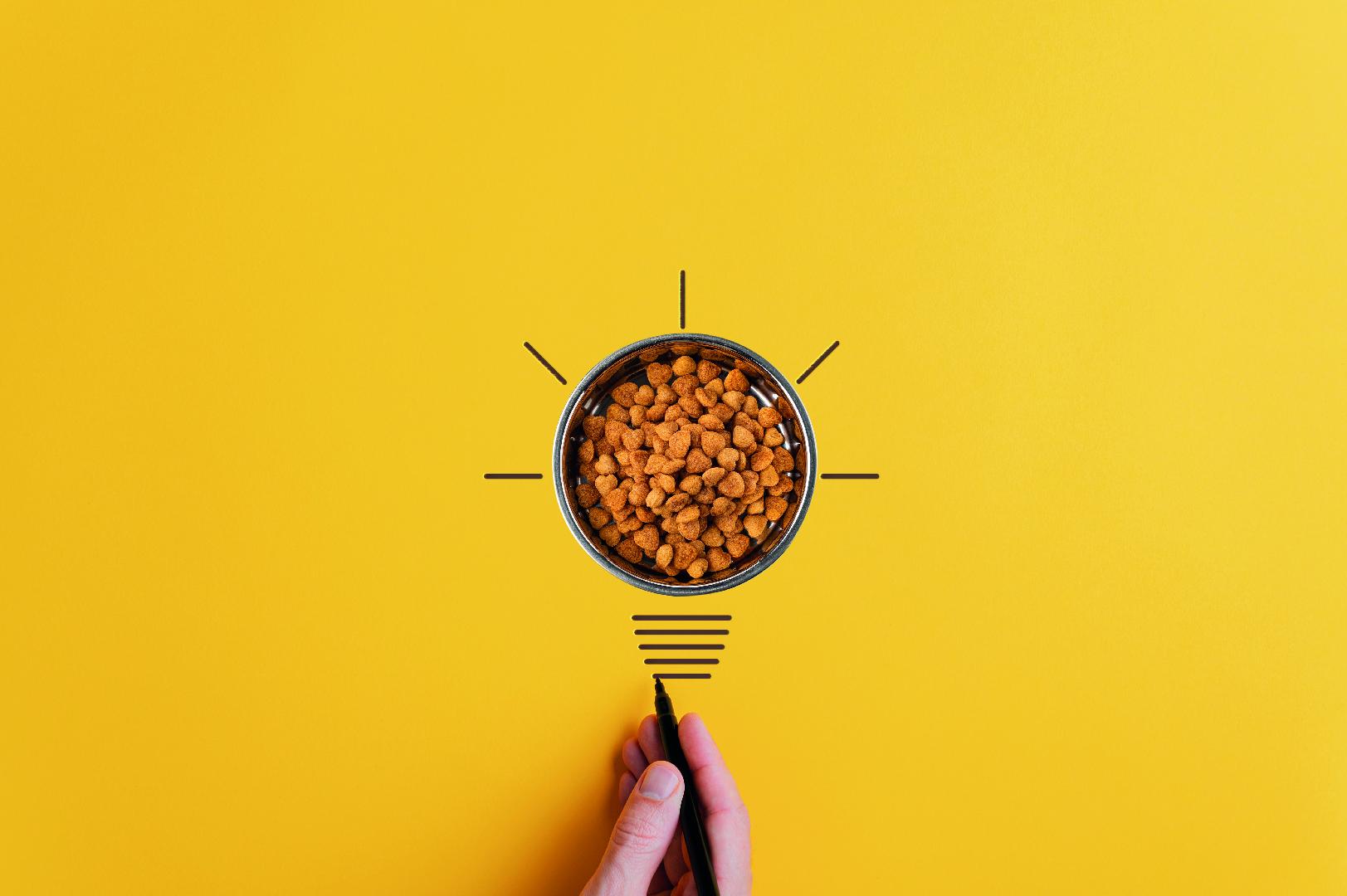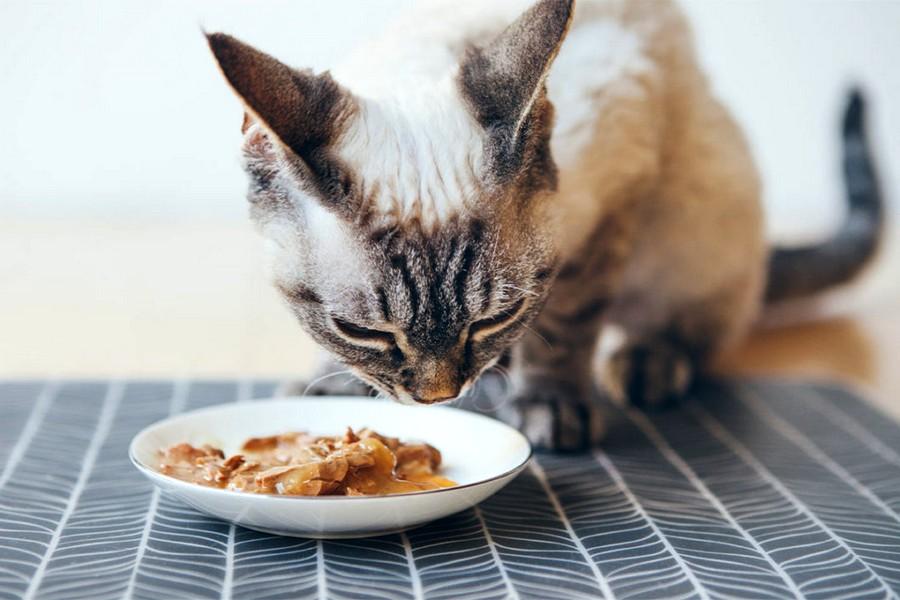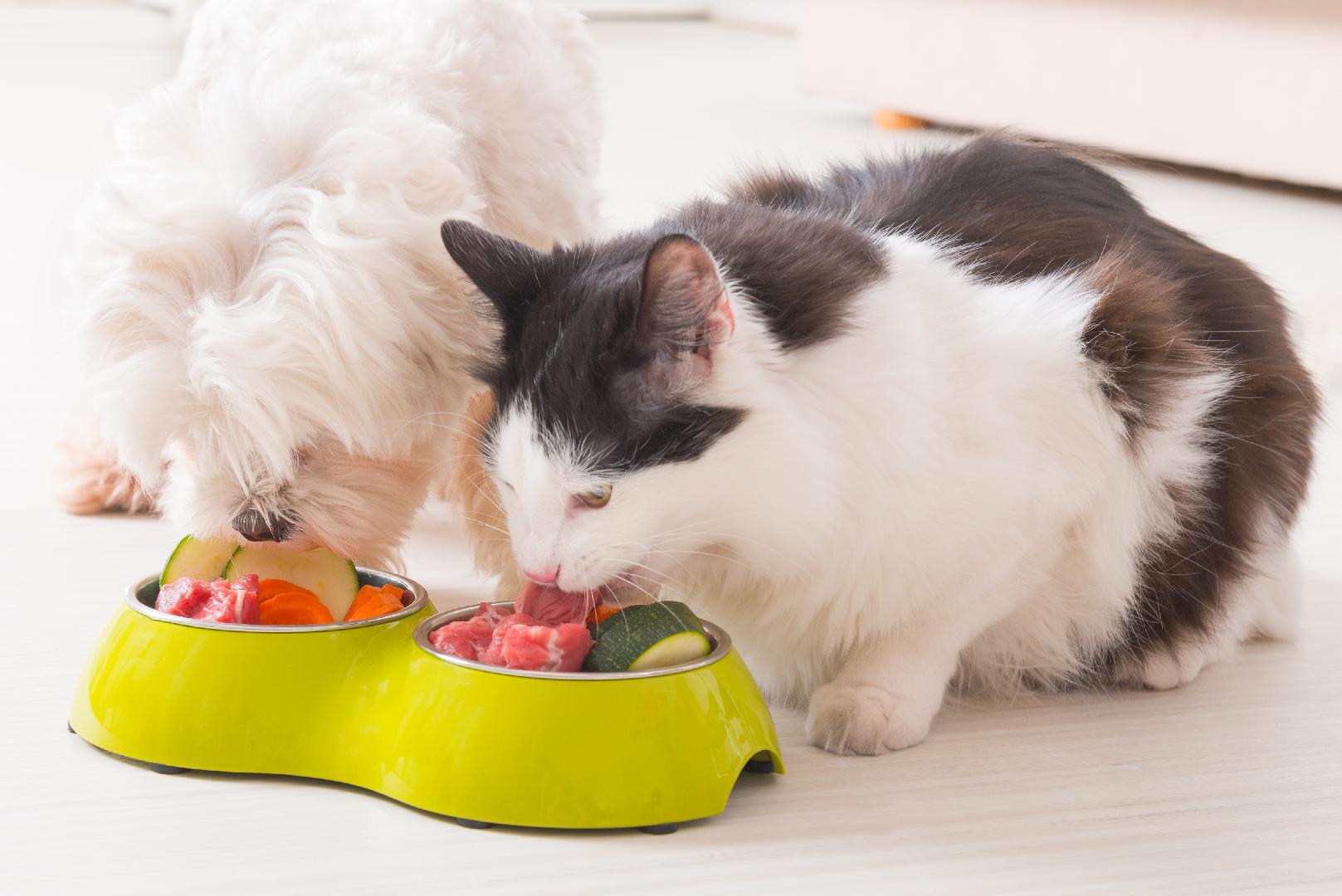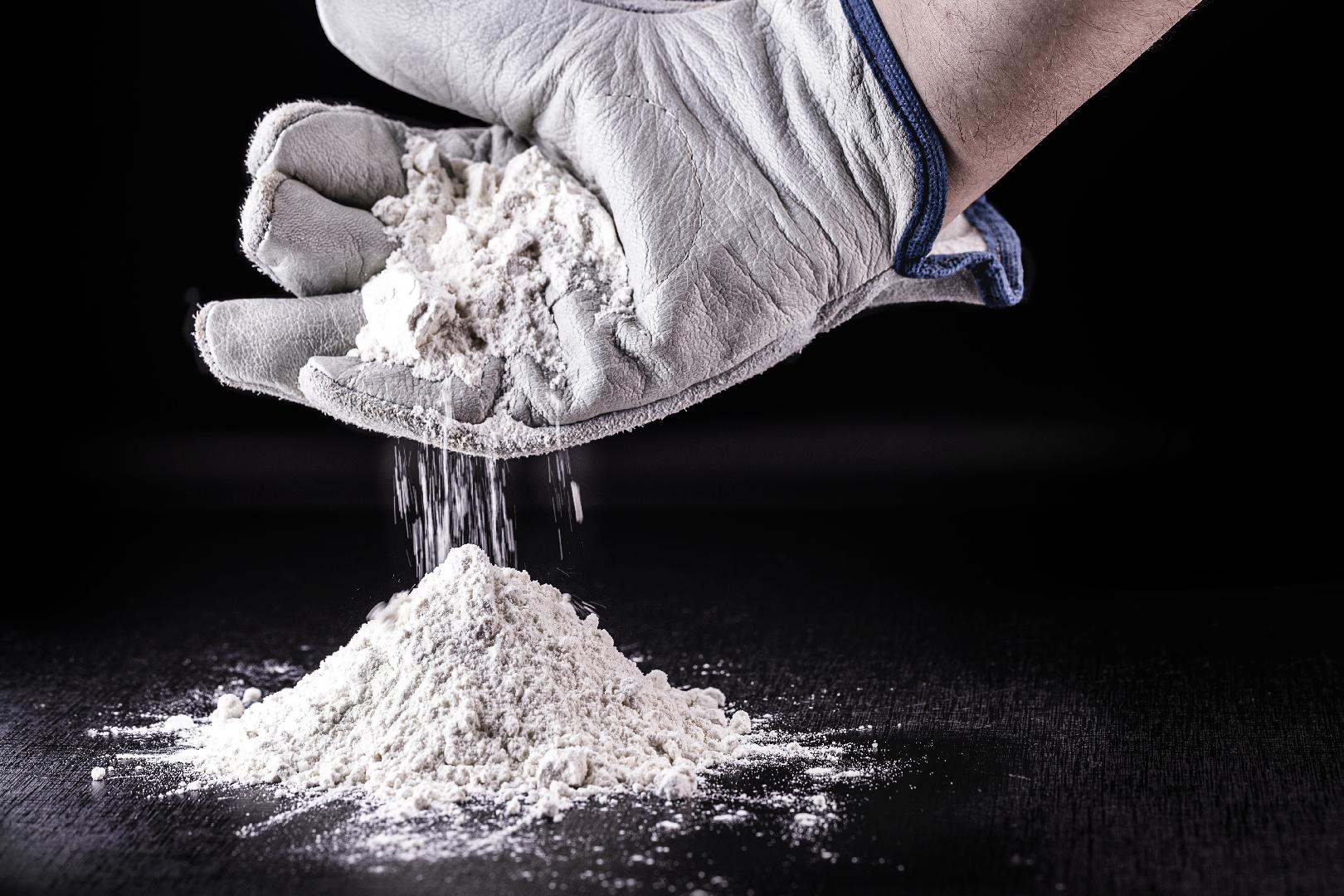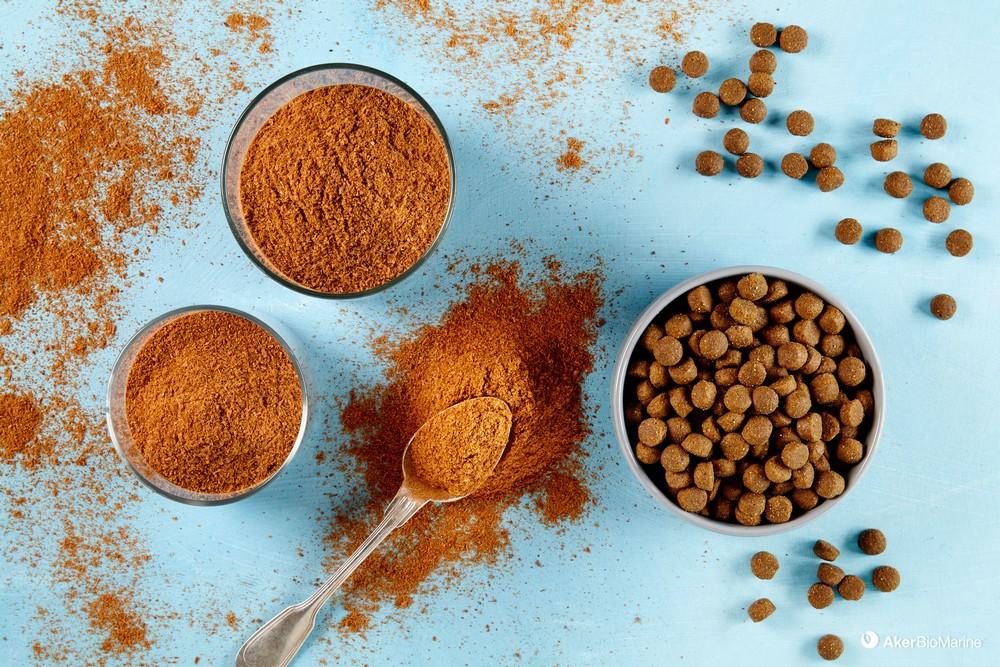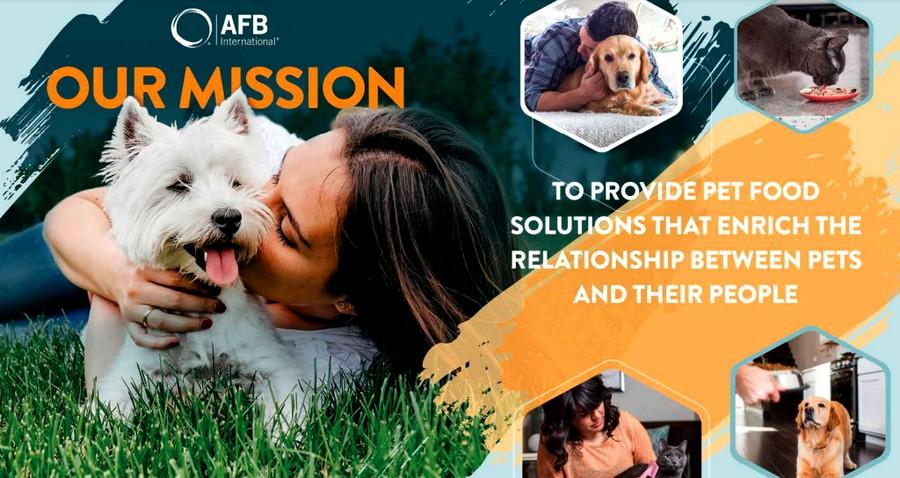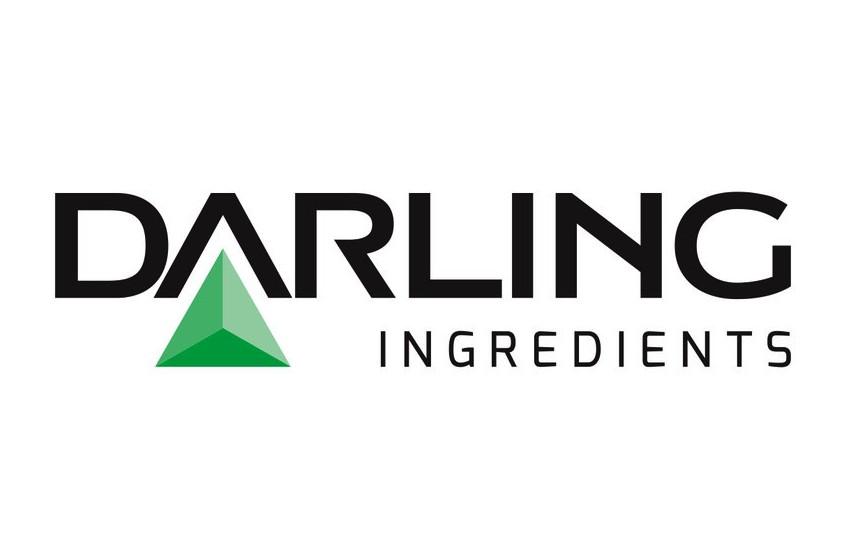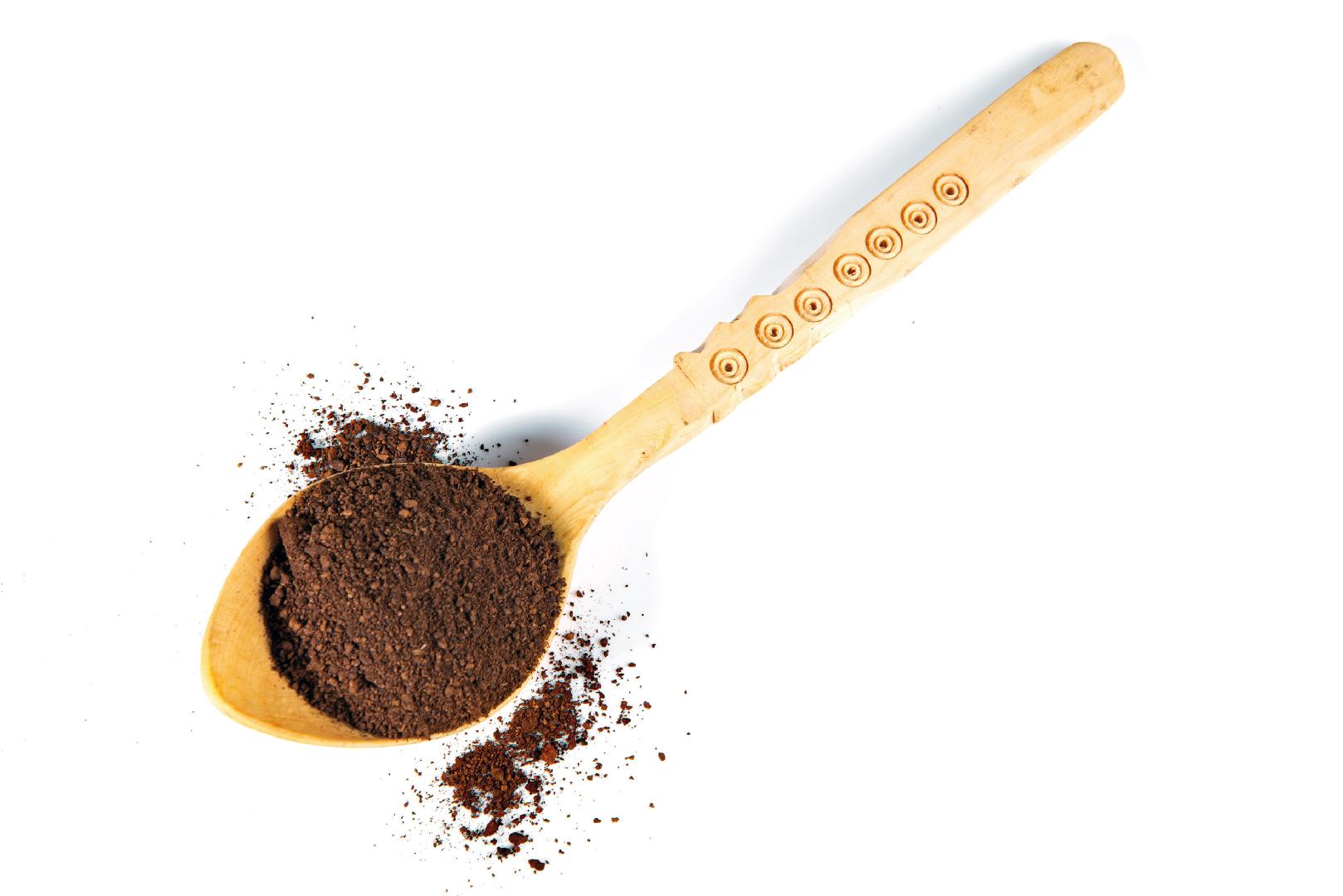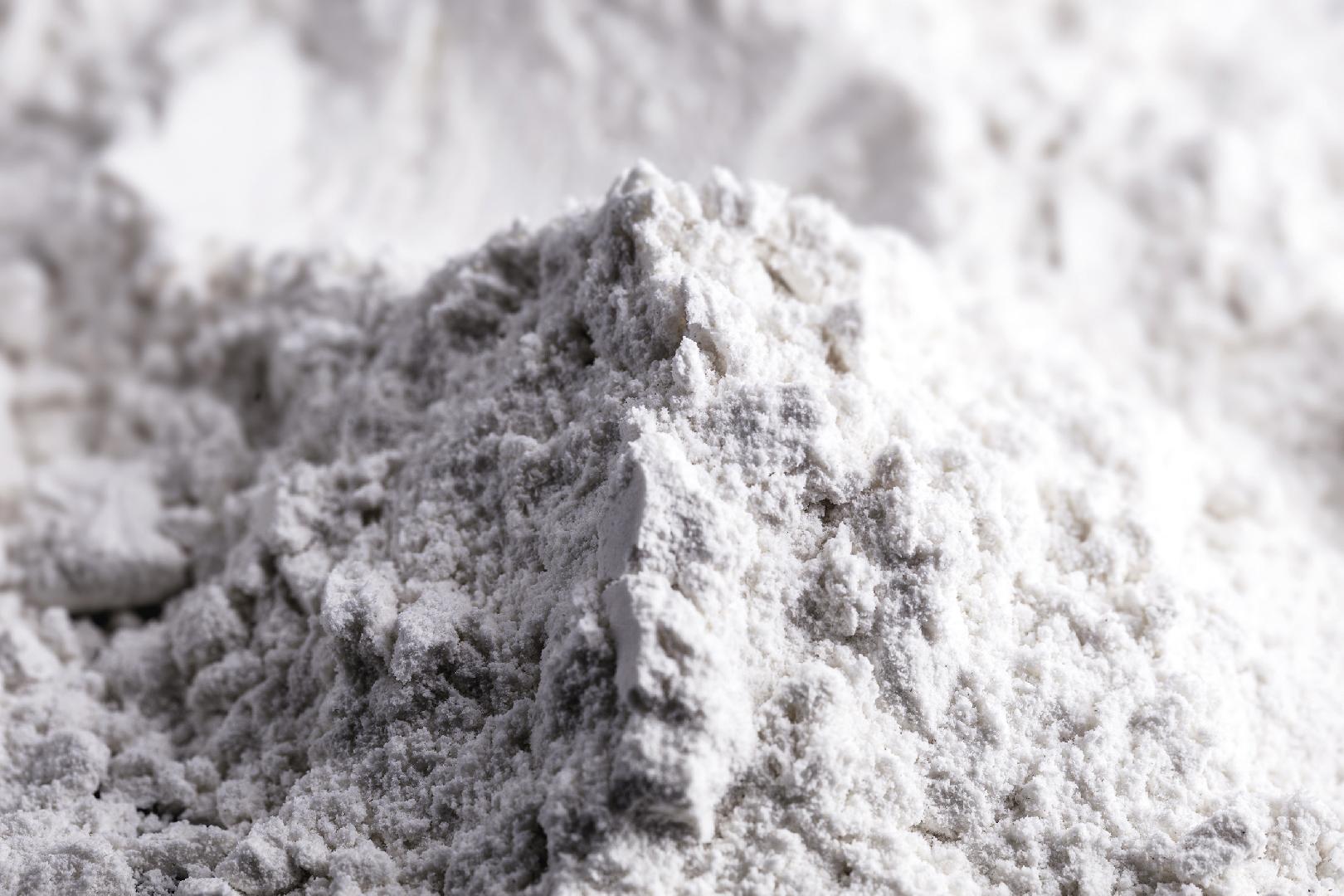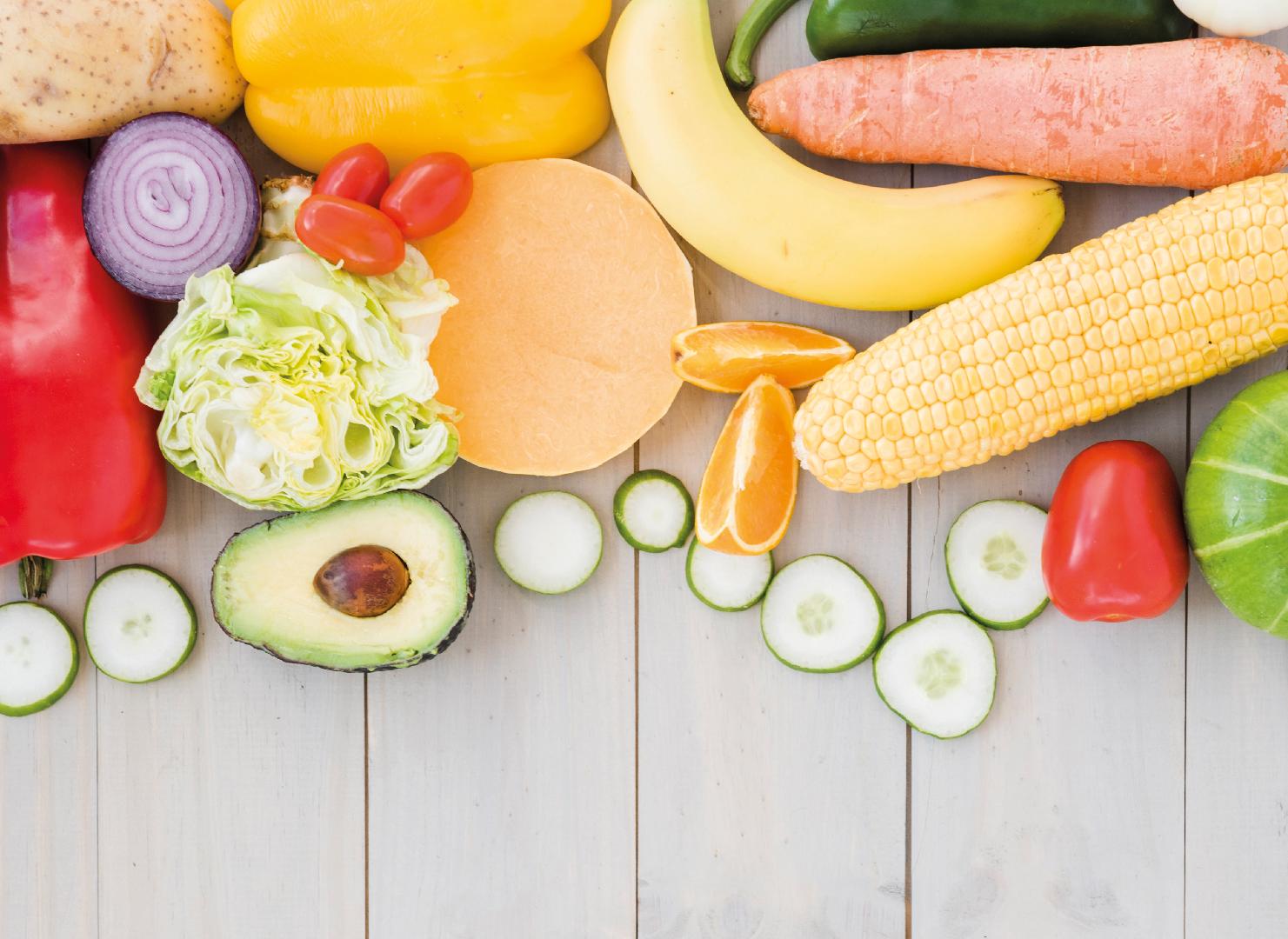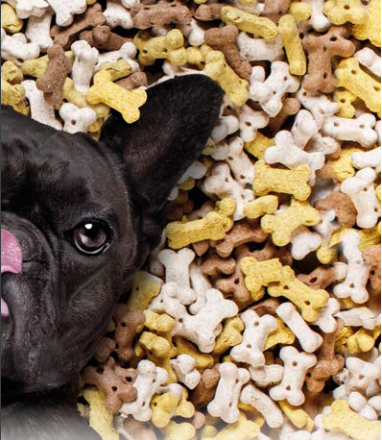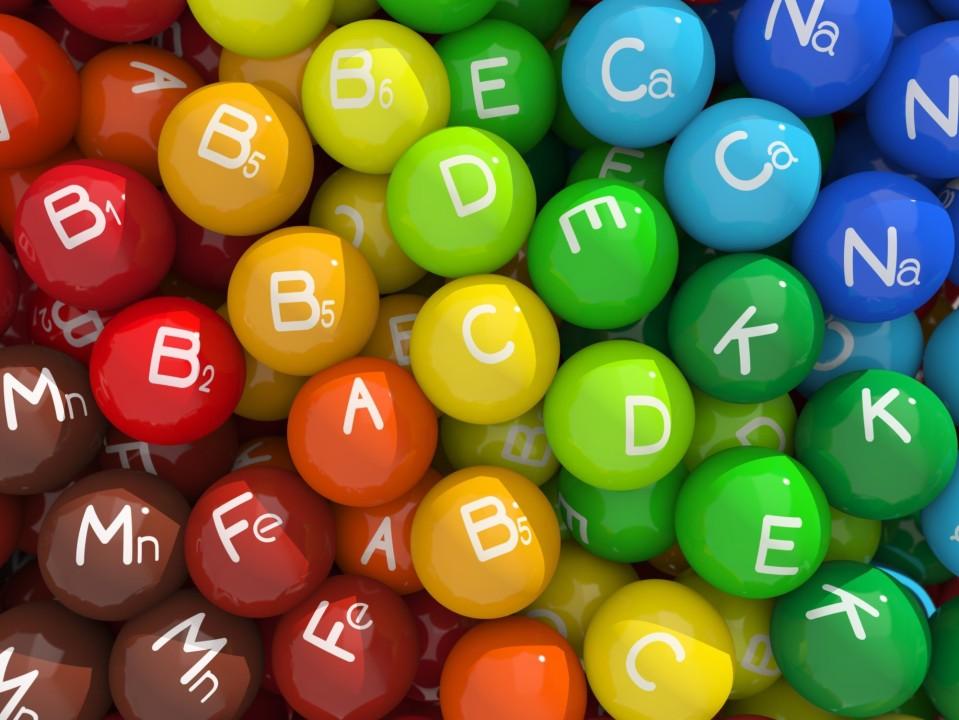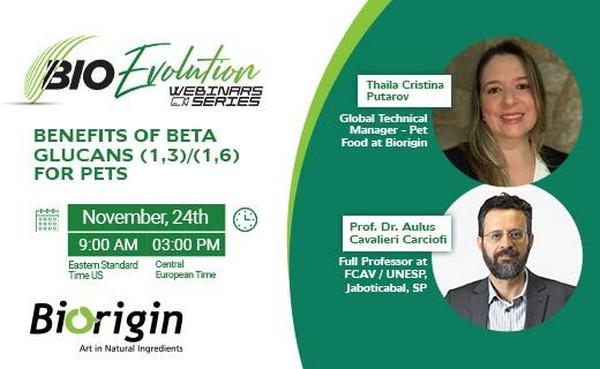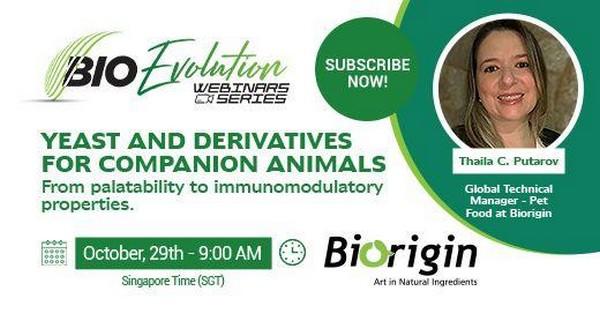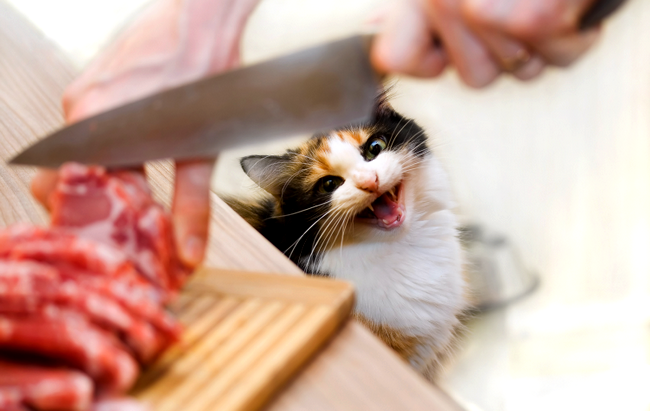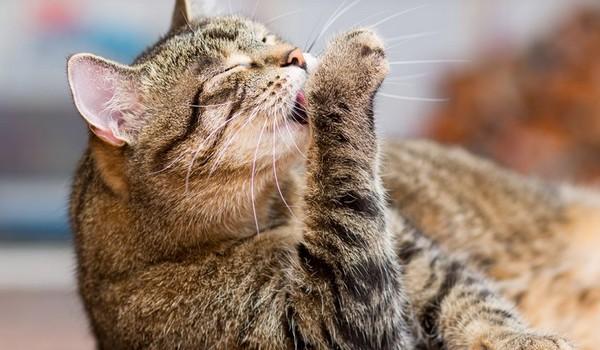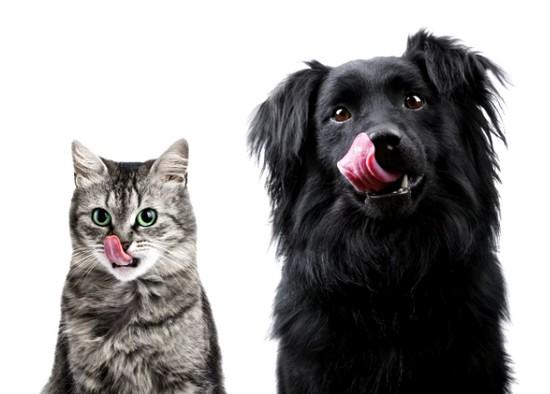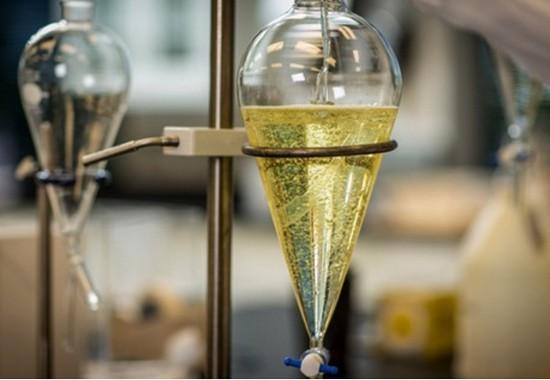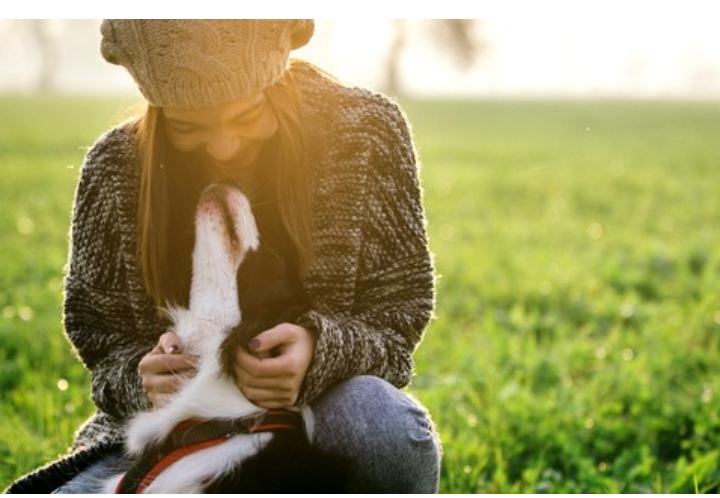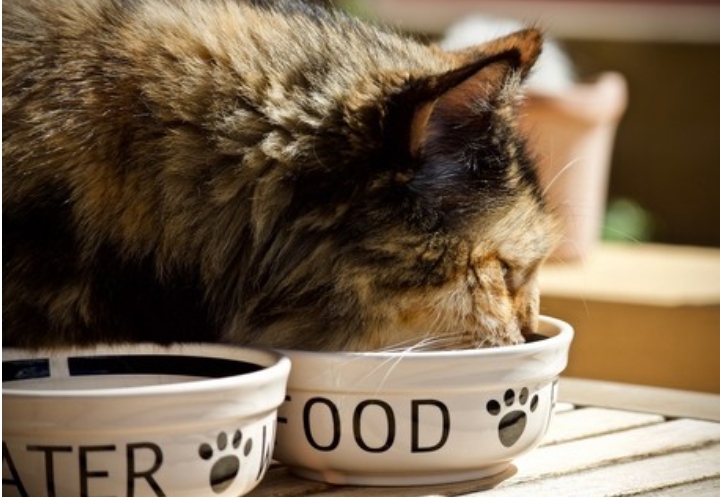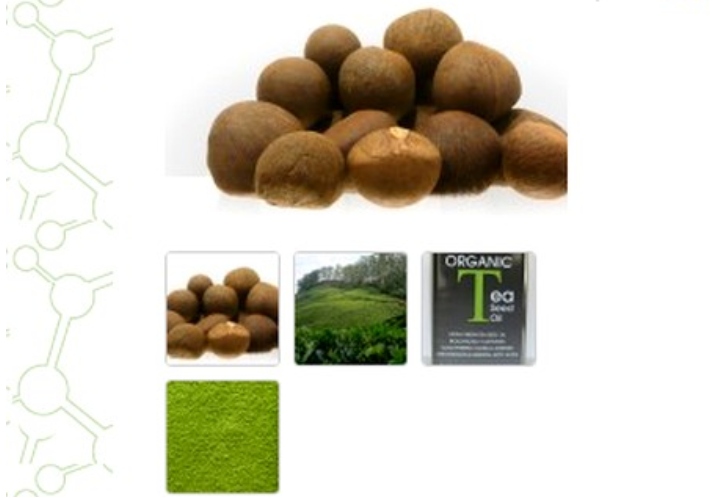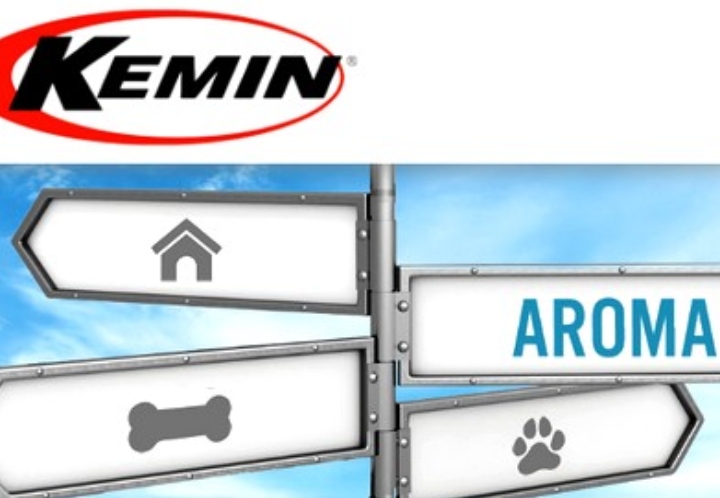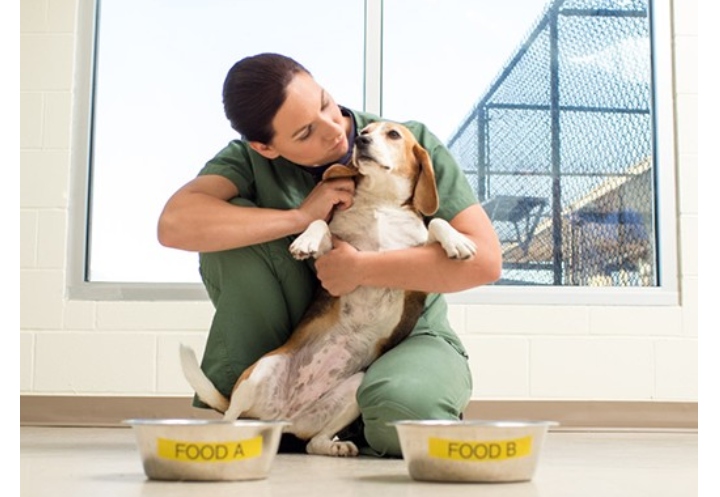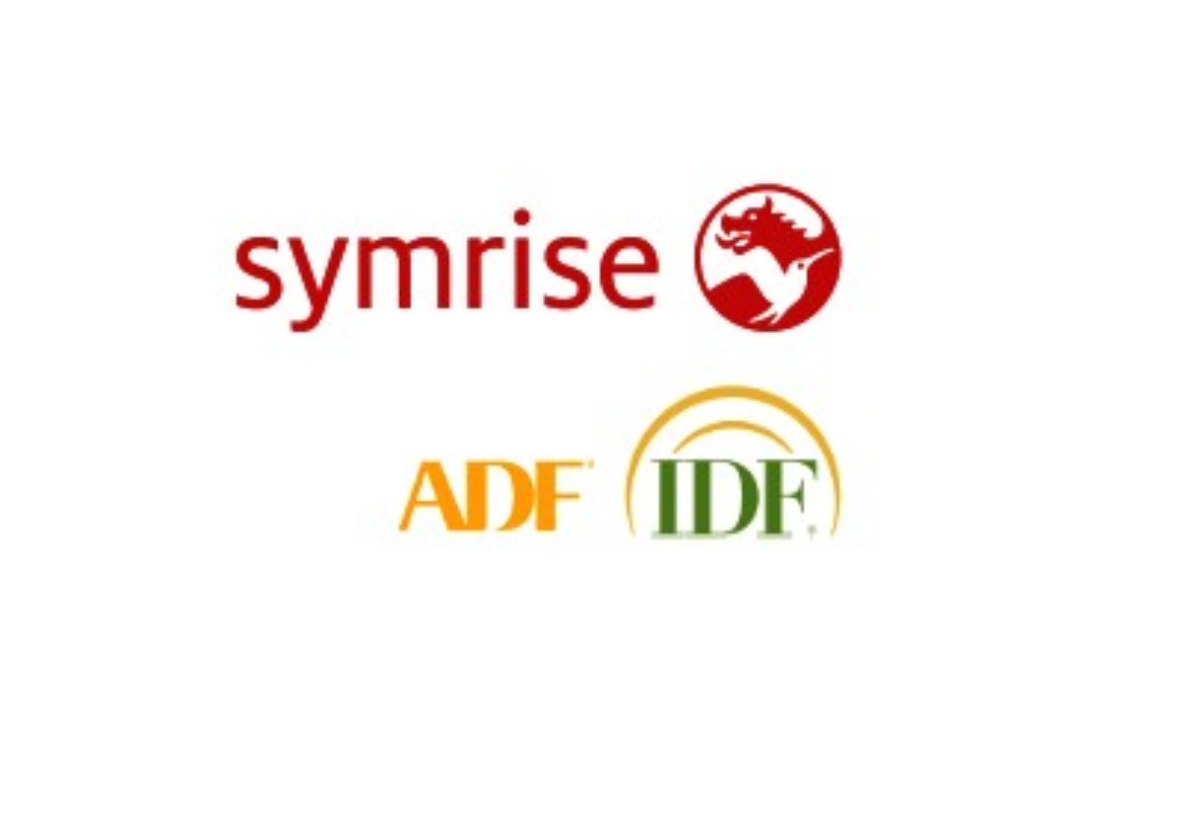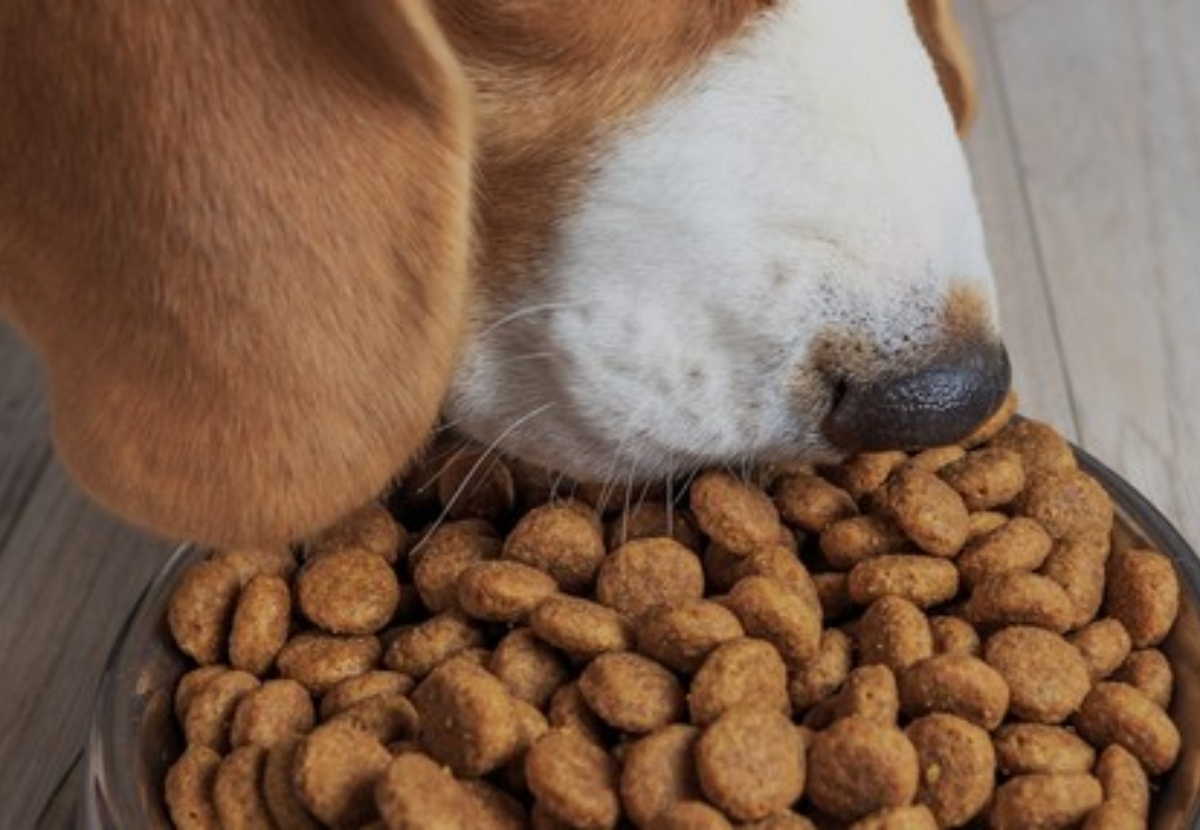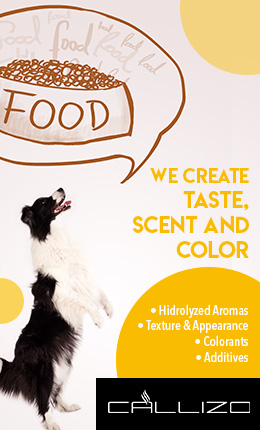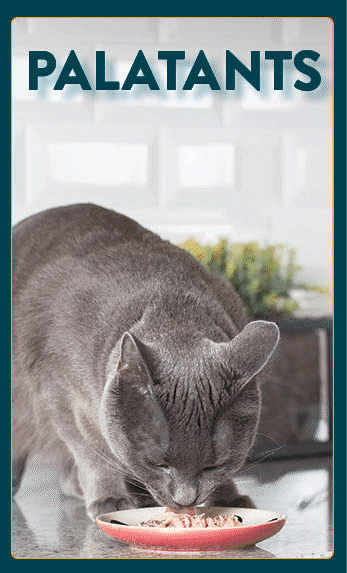
7+ MIN
07/08/2024
Functional properties of spray dried plasma (Part 4)
As previously mentioned, SDAP is an ingredient that presents high concentrations of essential amino acids and bioactive compounds, such as immunoglobulins, peptides, growth factors, enzymes, and metalloproteins. Due to its composition, this co-product also has an immunomodulatory, prebiotic, anti-inflammatory, and neuroprotective role.
There is still limited research on its role in the health of dogs and cats. However, in other species, especially in pigs and rodents, and even in humans, its main demonstrated actions refer to prebiotic effects in the intestine, through the elimination of pathogens, modulation of the microbiome, improvement of mucosal integrity, and effects on immunomodulation (Pérez-Bosque et al., 2016).
Part of the protective action of the SDAP is associated with the presence of IgG in its composition, which gives this ingredient an action of control in the population of pathogenic microorganisms and prevention of lesions on the intestinal mucosa. It was found that the ingestion of SDAP resulted in 5-10% of these biomolecules intact in dogs' feces, which suggests its action throughout the passage in the digestive tract (Rodriguez et al., 2007). In rats fed with diets containing 8% SDAP, an increase in microorganisms of the phylum Firmicutes was observed (Miró et al., 2007; Moretó et al., 2020), which are associated with the production of short-chain fatty acids, which helps maintain intestinal pH and regulate the growth of pathogenic microorganisms, with indirect effects on the intestinal immune tolerance of the animals.
Some authors associate the microbiome modulating effect of the SDAP to the presence of immunoglobulins and other bioactive compounds present in its composition, or that can be produced from the digestion process of this ingredient. These compounds would be responsible for reducing the population of pathogenic microorganisms (Han et al., 2009; Balan et al., 2011). On the other hand, other researchers suggest a prebiotic effect, meaning that the action of SDAP would be related to its selectivity, with an increase in beneficial microorganisms and a consequent reduction in pathogens (Pérez-Bosque et al., 2008; Moretó et al., 2020). These mechanisms still need to be better investigated, but regardless of this, in piglets in the weaning phase, it is widely used for these effects, since it reduces the mortality rate of animals, the frequency of diarrhea and minimizes the effects of post-weaning stress, due to its intestinal and immunological effects.
It is known that intestinal fermentative processes are directly related to the activation of the immune system and may lead to the induction of more inflammatory responses or, on the other hand, promote greater immune tolerance of the individual. This activation occurs by trans epithelial communication mechanisms in the gut, activated by microorganisms or fermentation products, causing a response cascade activated by several cytokines, which can activate more or less inflammatory responses. Figure 1 shows some cytokines and their effects on inflammation.
Figure 1: Relationship of pro-inflammatory (black arrows) and anti-inflammatory (red arrows) cytokines. Some cytokines exhibit dual function, as can be seen. Original image published by de Subbarao (2021).
In two studies in rats fed with 8% SDAP, the prebiotic and immunity effects of SDAP were evaluated (Miró et al., 2017; Moretó et al., 2020). In the first, the authors observed a reduction in pro-inflammatory cytokines, such as IL-2, IL-6, IL-7, and MCP-1, and an increase in the expression of anti-inflammatory cytokines, such as IL-10, in the intestinal mucosa (Miró et al., 2017). Already in the second study, the authors included 8% SDAP in the diet of rats and verified a prebiotic effect, characterized by increased populations of Lactobacillus spp. and Blautia spp. which are directly related to the production of short-chain fatty acids, accompanied by increased expression of immune tolerance markers of intestinal dendritic cells and macrophages, and also of the cytokines IL-10 and TGF-β, both related to greater immune tolerance. Similar results were also observed in fish and pigs by other authors (Tran et al., 2008; Tapia-Paniagua et al., 2020).
In a recent study with healthy dogs, it was observed that feeding a 2% SDAP blend associated with prebiotics and probiotics had beneficial effects on fecal quality and immune function of the animals, with increased fecal IgA and CD4:CD8 T lymphocyte ratio in the group that consumed the blend. Modulation of the fecal microbiota has also been observed for some genera of the phylum Firmicutes spp. and other groups considered to produce short-chain fatty acids (Lee et al., 2022). The increase in IgA production is also related to the effects of additives having an effect on the gut microbiota, and a possible mechanism of activation of regulatory cytokines, such as IL-6 (a dual function cytokine), IL-10 and TGF-β.
Because of the high protein value of SDAP and its effects on intestinal health and immunity, more recently, some studies investigating its activity in neuroprotection in senior individuals have been published. The aging process in humans and some animal species, such as dogs and cats, is similar, which is characterized by advancement in neurological degeneration processes and in a chronic subclinical inflammatory process, called inflammageing, which affects in a general way several systems of the organism and predisposes to chronic degenerative diseases. In a study conducted with mice predisposed to premature aging of the SAMP8 strain, it was observed that providing 8% SDAP was able to minimize the impacts of aging on the animals. In this study, SDAP contributed to the improvement of cognitive function, verified through short and long-term memory tests, in addition to the reduction of pro-inflammatory cytokines (TNF-α, IL-1β and IL-6, NFk-β), and the increase of IL-10, related to anti-inflammatory actions (Garcia-Just et al., 2020), in a similar manner to its gastrointestinal effects mentioned above. In this study, the authors further observed that the animals fed with SDAP showed higher concentration of adhesion molecules at the blood-brain barrier (ZO1 and E-cadherin), which are related to a greater protection of the nervous system from the permeability of macromolecules, which may accelerate the inflammageing process. Figure 2 shows the main results of this study.
Figure 2: Results of including 8% SDAP in the diet of mice predisposed to premature aging (SAMP8) versus Control (CTL) group, at 2 (2M) and 6 (6M) of age, on cytokine gene expression (A) and short- and long-term memory tests (B). Results published by Garcia-Just et al. (The Journal of Nutrition, Volume 150, Issue 2, February 2020, Pages 303-311).
Although there are few studies specifically in dogs and cats, investigating its functional properties on intestinal health markers, immunity and cognitive functions, in the scientific literature of the last 20 years, approximately 55 published studies are found, specifically with investigations of this ingredient on the responses mentioned above, mainly in pigs and rats, evidencing its effects. This way, due to its multifunctionality, SDAP has potential applications in pet food that have not been explored much, especially in extruded foods, which are the basis of more than 90% of pet food nowadays. To summarize the data presented in the 4 parts of this article published in Pet Food Brazil Magazine, in Figure 3, it can be verified, in summary, the different functions of the SDAP and the species studied so far.
Figure 3: Effects of SDAP studied in different animal species.
By Ricardo Souza Vasconcellos and Lucas Ben Fiuza Henríquez - APC
Source: All Pet Food Magazine
References:
Balan, P., Han, K.S., Rutherfurd-Markwick, K., Singh, H., Moughan, P.J. Ovine serum immunoglobulin has immunomodu-latory effects in growing rats gavaged with Salmonella enteritidis. J Nutr. 2011, 141, 950-956. https://doi.org/10.3945/jn.110.131433.
Balan, P., Staincliffe, M., Moughan, P.J. Effects of spray-dried animal plasma on the growth performance of weaned piglets—A review. J Anim Phys Anim Nutr 2021, 105, 699–714. https://doi.org/10.1111/jpn.13435.
Garcia-Just, A., Miró, L., Pérez-Bosque, A., Amat, C., Polo, J., Pallàs, M., Griñán-Ferré, C., Moretó, M. Dietary spray-dried porcine plasma prevents cognitive decline in senescent mice and reduces neuroinflammation and oxidative stress. J Nutr 2020, 150, 303–311. https://doi.org/10.1093/jn/nxz239.
Han, K.S., Boland, M., Singh, H., Moughan, P.J. The in vitro anti-pathogenic activity of immunoglobulin concentrates extracted from ovine blood. Applied Biochemistry and Biotechnology 2009, 157, 442–452. https://doi.org/10.1007/s12010-008-8352-7.
Lee, A.H., Lin, C., Do, S., Oba, P.M., Belchik, S.E., Sstellman, A.J., Schauwecker, A., Swanson, K.S. Dietary supplementation with fiber, 'biotics,' and spray-dried plasma affects apparent total tract macronutrient digestibility and the fecal characteristics, fecal microbiota, and immune function of adult dogs. J Ani Sci 2022, 100, 1 -15. https://doi.org/10.1093/jas/skac048.
Maijó, M., Miró, L., Polo, J., Campbell, J., Russell, L., Crenshaw, J., Weaver, E., Moretó, M., Pérez-Bosque, A. Dietary plasma proteins attenuate the innate immunity response in a mouse model of acute lung injury. Brit J Nutr 2012, 107, 867–875. doi:10.1017/S0007114511003655.
Miró, L., Garcia-Just, A., Amat, C., Polo, J., Moretó, M., Pérez-Bosque, A. Dietary animal plasma proteins improve the intes-tinal immune response in senescent mice. Nutrients 2017, 9, 12. https://doi.org/10.3390/nu9121346.
Moretó, M., Miró, L., Amat, C., Polo, J., Manichanh, C., Pérez-Bosque, A. Dietary supplementation with spray-dried porcine plasma has prebiotic effects on gut microbiota in mice. Scientific Reports 2020, 10, 1. https://doi.org/10.1038/s41598-020-59756-z.
Pérez-Bosque, A., Polo, J., Torrallardona, D. Spray dried plasma as an alternative to antibiotics in piglet feeds, mode of action and biosafety. Porcine Health Management 2016, 2, 16. https://doi.org/10.1186/s40813-016-0034-1.
Rodriguez, C., Blanch, F., Romano, V., Saborido, N., Rodenas, J., Polo, J. Porcine immunoglobulins survival in the intestinal tract of adult dogs and cats fed dry food kibbles containing spray-dried porcine plasma (SDPP) or porcine immunoglobulin concentrate (PIC). Anim Feed Sci Tech 2007, 139, 201–211. https://doi.org/10.1016/j.anifeedsci.2007.01.012.
Tapia-Paniagua, S. T., Balebona, M.C., Firmino, J.P., Rodríguez, C., Polo, J.; Moriñogo, M.A., Gisbert, E. The effect of spray-dried porcine plasma on gilthead seabream (Sparus aurata) intestinal microbiota. Aquac. Nutr. 2020, 26, 801–811.
Tran, H., Anderson, C. L., Bundy, J. W., Fernando, S. C., Miller, P. S., & Burkey, T. E. (2018). Effects of spray-dried porcine plasma on fecal microbiota in nursery pigs. Journal of Animal Science, 96, 1017–1031. https ://doi.org/10.1093/jas/skx034












